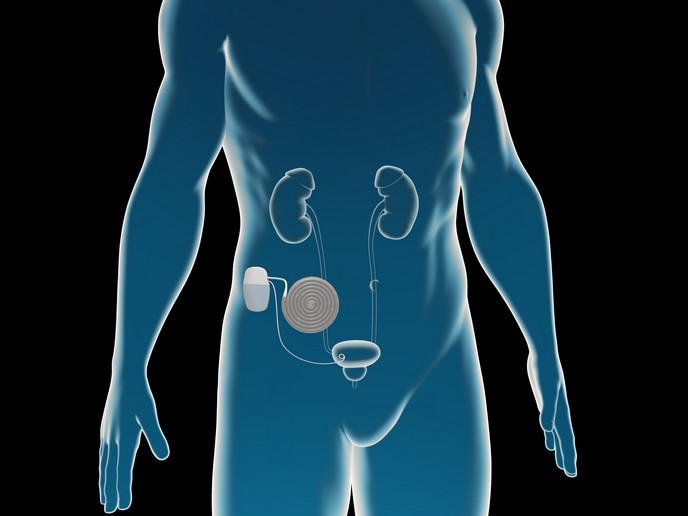Quantum mechanical calculations in drug design
Macromolecules such as proteins do not operate as isolated entities. On the contrary, they are involved in biological processes together with other species, including other proteins, molecule ligands and solvent molecules. These interactions rely on molecular organisation and recognition. Specifically, binding between two interacting partners has enthalpic and entropic components. In other words, recognition is associated with changes in the structure and dynamics of both counterparts. Understanding the forces driving recognition and interaction requires a detailed description of the binding dynamics. Understanding macromolecular binding dynamics is of great importance for medical chemistry since it enables rational structure-based macromolecule design. This was the aim of the EU-funded project IMPSCORE (Introducing stacking and halogen bonding effects into ligand-target interaction energy calculations). Researchers worked on the accuracy of enthalpy calculations. They gathered experimental data from literature and determined parameters using calorimetric measurements. Via experimental data and quantum mechanical calculations, the enthalpic term in scoring functions was aimed to improve. Density function theory was the approach adopted for energy decomposition analyses of selected model systems. Researchers carried out a series of studies on guanine and xanthine chains as well as quadruplex structures with combined halogen and hydrogen bonds. Before IMPSCORE, the general belief was that the hydrogen bond defines the formation of protein-ligand complexes. Results suggest that the halogen bond can have more significant role in the formation of complexes. Moreover, researchers found that halogenation does not simply affect the hydrophobic character of ligand compounds. The halogen bond is a noncovalent interaction that has received increased attention in the study of protein-ligand complexes. Many drugs rely on halogenated molecules to establish halogen bonds with biomolecules. IMPSCORE has shown that it can serve as a powerful tool in increasing binding selectivity and affinity. According to the project findings, the halogen bond should no longer be considered as a noncovalent interaction with some hydrophobic effect but more as a weak covalent chemical bond. Importantly, it augments hydrogen bonds as a tuning parameter in drug design.







